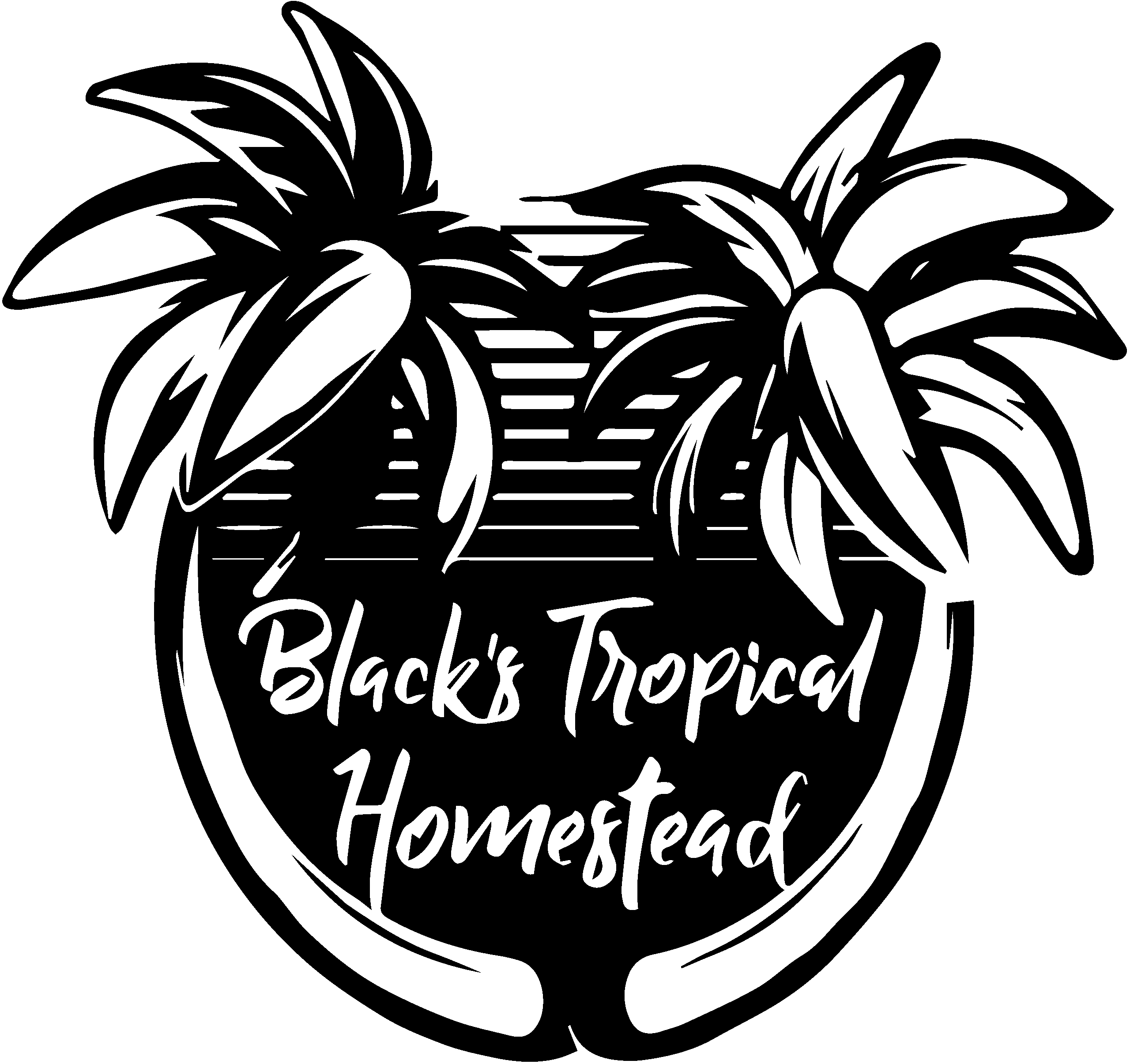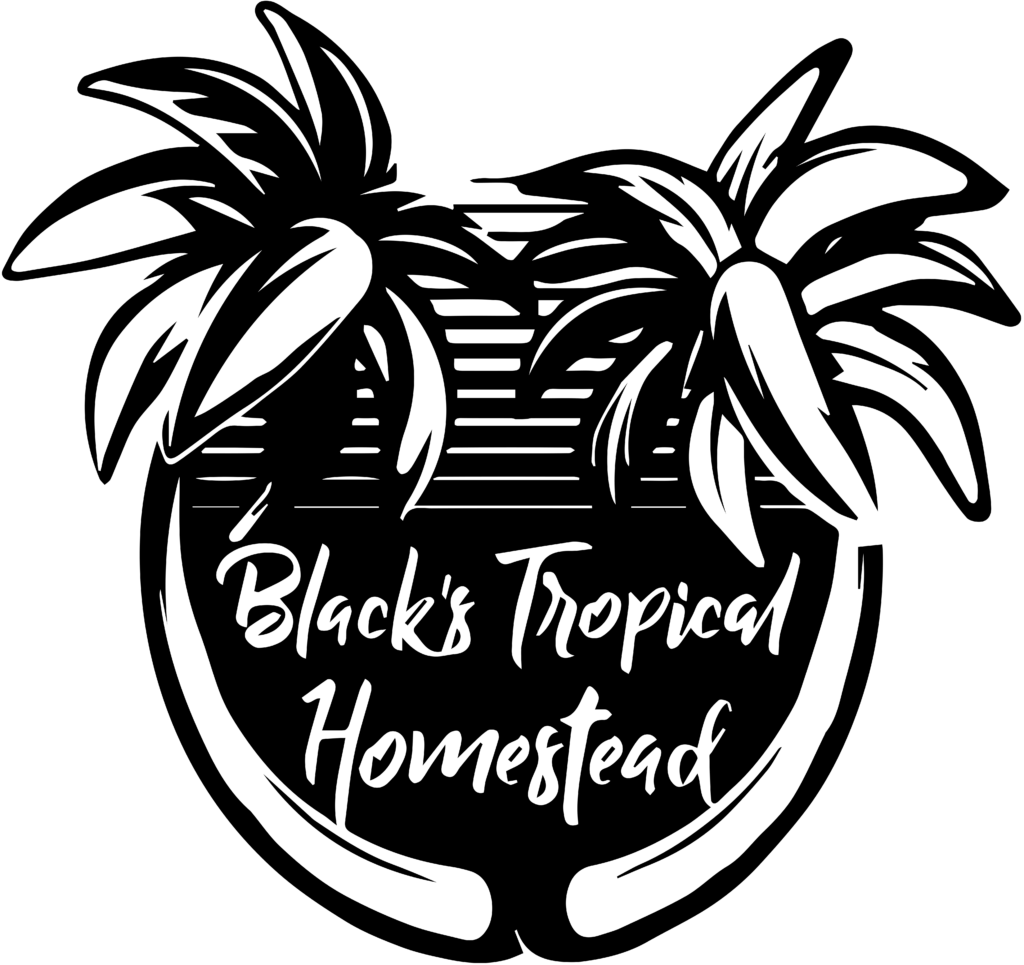
From Seed to Oil: How to Harvest Your Own Castor Beans
You’ve probably heard all about the benefits of castor oil, from soothing dry skin to promoting hair growth. But have you ever wondered where it comes from?
It starts with the castor plant, a stunningly beautiful plant with vibrant leaves and unique flowers. It’s also the source of the castor bean, which is used to produce castor oil.
CRITICAL WARNING: While the oil is safe for use, the raw castor bean is the source of Ricin, an extremely toxic and dangerous compound. Ingestion or improper handling of castor beans can be fatal. You must exercise extreme caution and care if you choose to interact with this plant.
If you’re ready to learn about the process, let’s explore how to harvest these beans, keeping safety as your absolute top priority.
A Beautiful Plant With a Purpose – And a Potent Danger
The castor plant is a true showstopper. The leaves are absolutely gorgeous, and depending on the variety, they can range from deep green to reddish-purple. The flowers are also beautiful, but as they age, they begin to fade and turn brown. This is a crucial step in the life cycle of the plant—and your signal that it’s time to harvest the beans.
Once the pods have fully browned and dried out, they will begin to pop open, projecting their seeds to the ground to grow new plants. To prevent the spread of these highly toxic seeds in unwanted areas of your yard, you MUST harvest the pods before they pop. This is especially critical if you have children or pets who might be tempted to play with the seeds, as even a small amount can be lethal.
For your safety, you MUST wear protective gloves and exercise extreme caution when handling the pods and seeds.
Harvesting the Beans – With Utmost Care
To harvest the beans, do not try to grab the pods one by one. Instead, carefully clip the entire stem that the pods are attached to. This makes the process more efficient, but always remember the inherent danger.
Once you have the stems, immediately place them into a secure sack, like a burlap bag. This serves two vital purposes:
- It allows air to circulate, preventing mold.
- Crucially, it contains the seeds. When the pods pop, the seeds will be contained within the sack, preventing them from being projected all over your property where they could pose a hazard.
As you continue harvesting, you’ll notice that the plant grows extremely fast. Even in climates with shorter summers, you can still grow a significant plant and harvest its beans. This plant can reach up to 15 feet tall and begins producing beans when it’s just a few feet high.
What the Beans Look Like – And Why They’re Dangerous
Once you carefully open a dried pod, you’ll find several seeds inside. They are beautiful, with a marbled, glossy appearance. These are the seeds that contain the oil and are used in the production of castor oil.
Again, it is vital to remember: these beautiful seeds contain Ricin and are extremely toxic. They are NOT for consumption or casual handling. Wash your hands thoroughly after any contact, even with gloves, and dispose of any plant matter carefully and responsibly.
While it’s not common for people to make their own castor oil at home, it’s an incredibly satisfying process to learn about, understanding how things are made from scratch. However, due to the extreme toxicity of Ricin, home processing of castor oil for personal use is generally not recommended unless you have extensive knowledge and safety equipment.
We hope this glimpse into the world of the castor plant provides a comprehensive understanding, always with an unwavering emphasis on the critical dangers associated with its seeds.

